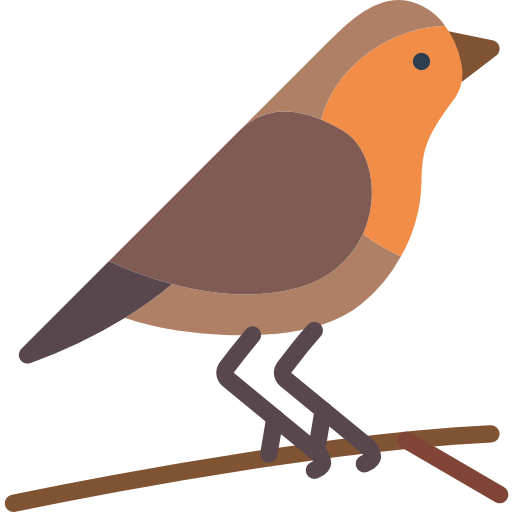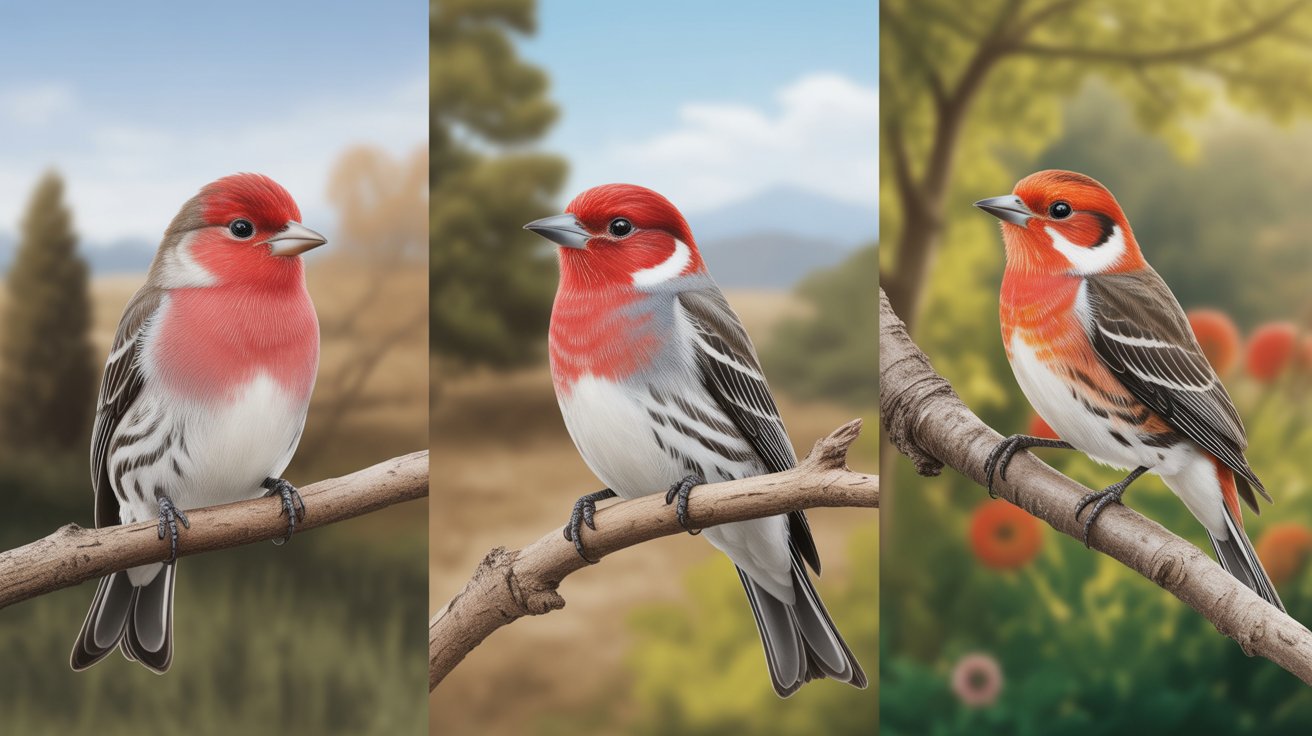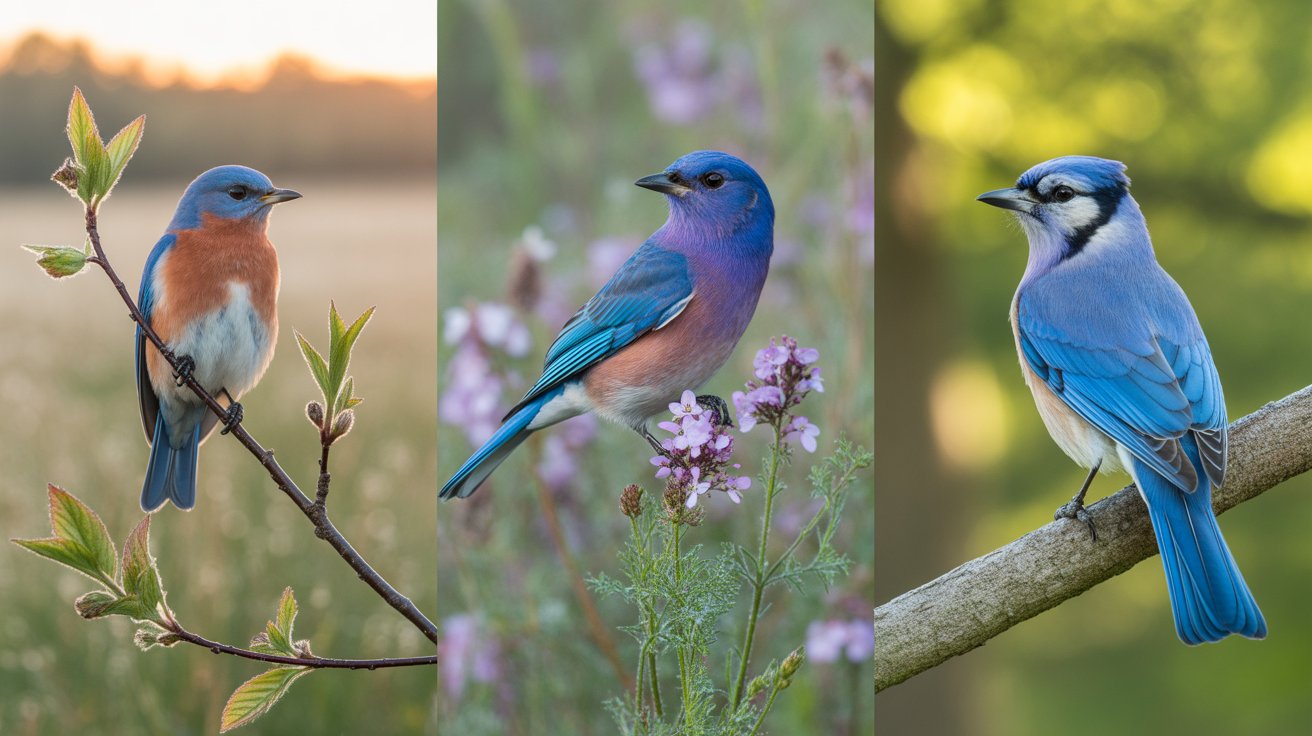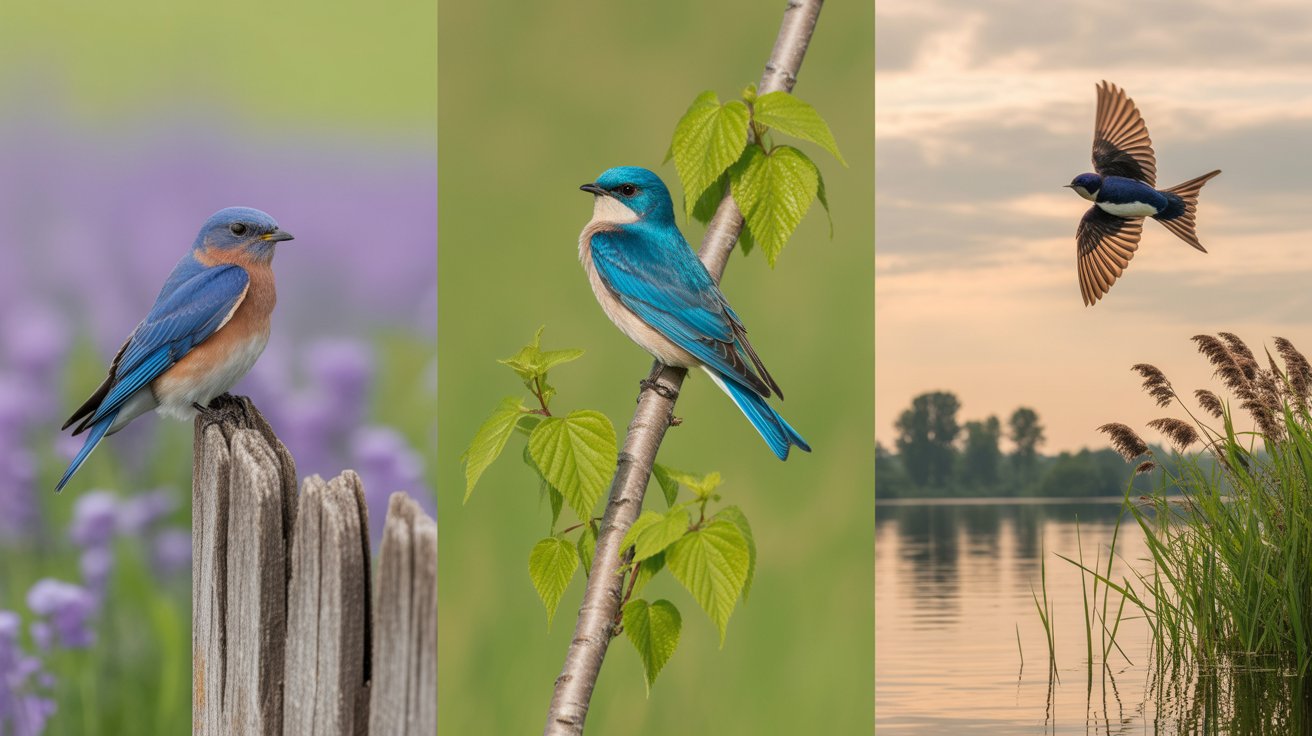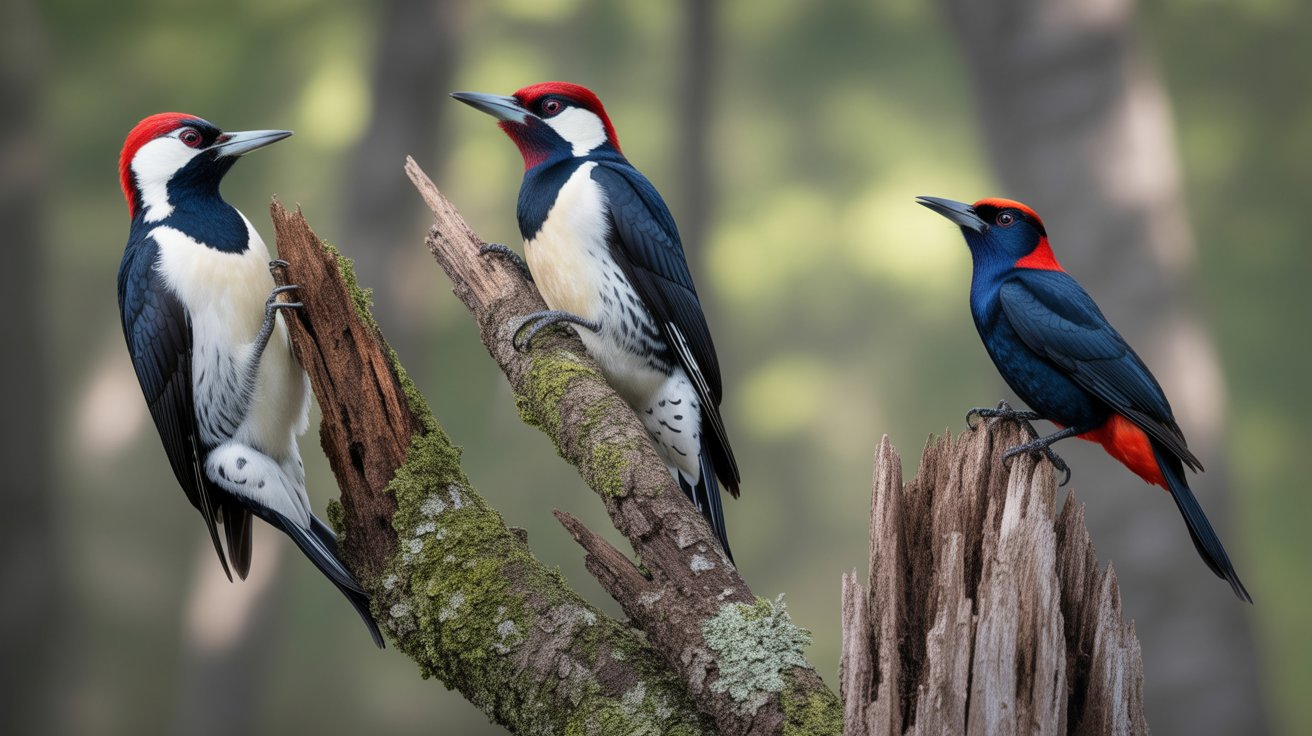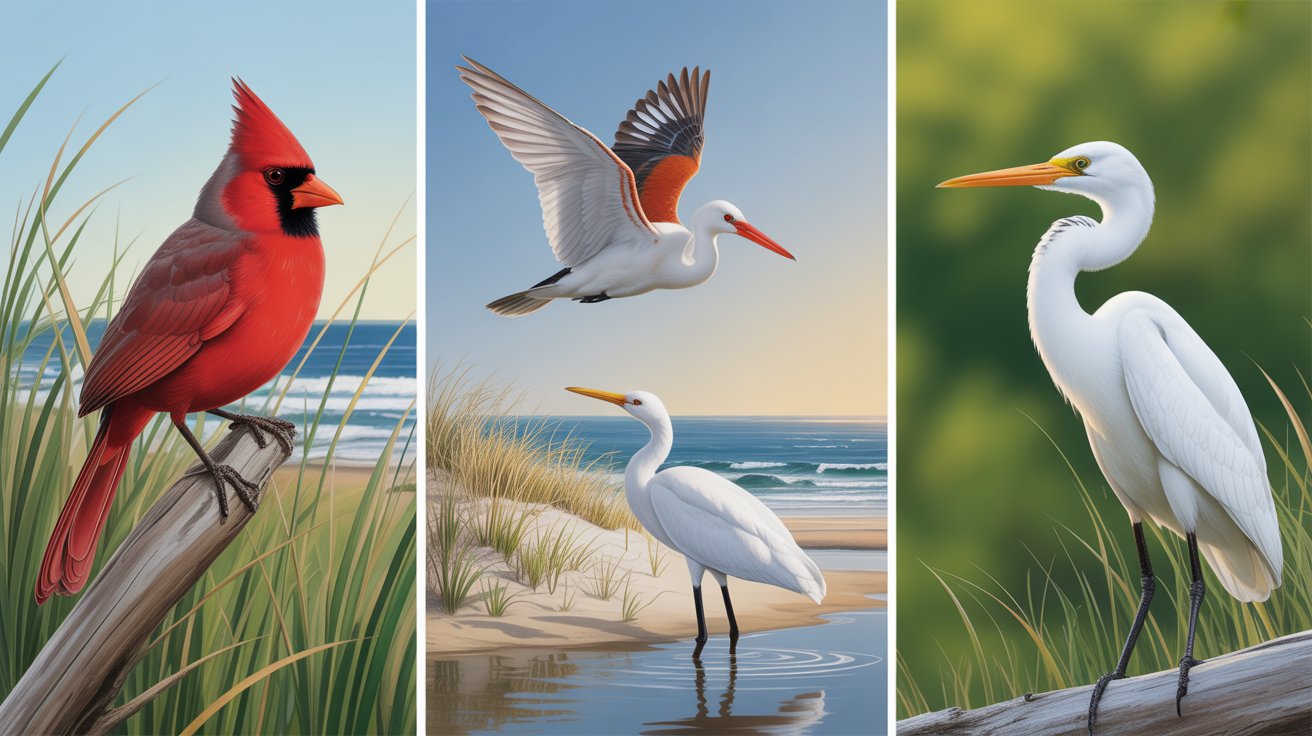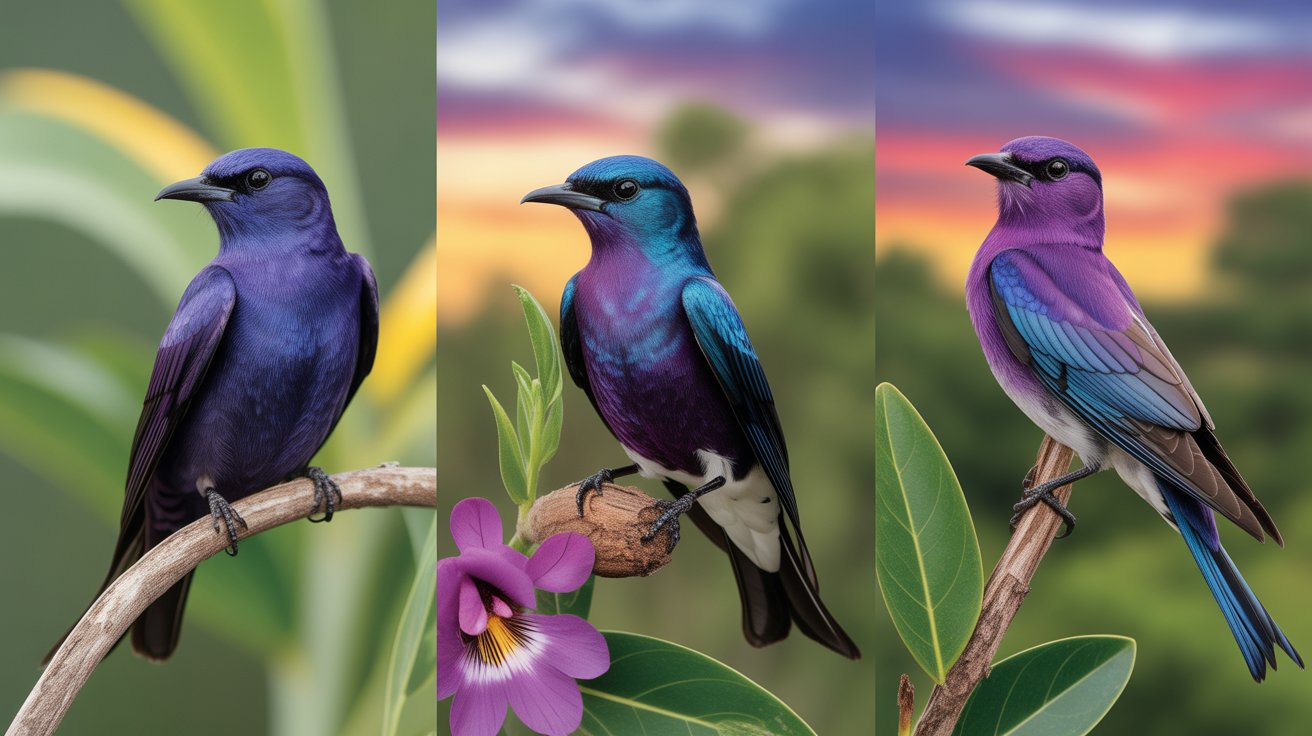Ever noticed how a pop of red can make something instantly stand out? In the world of birds, a red beak is nature’s version of that bold statement. Whether it’s a tropical parrot or a tiny finch, birds with red beaks are among the most eye-catching and charming creatures you’ll come across. These birds don’t just flaunt vibrant colors—they also boast unique behaviors, habitats, and songs that make them even more fascinating.
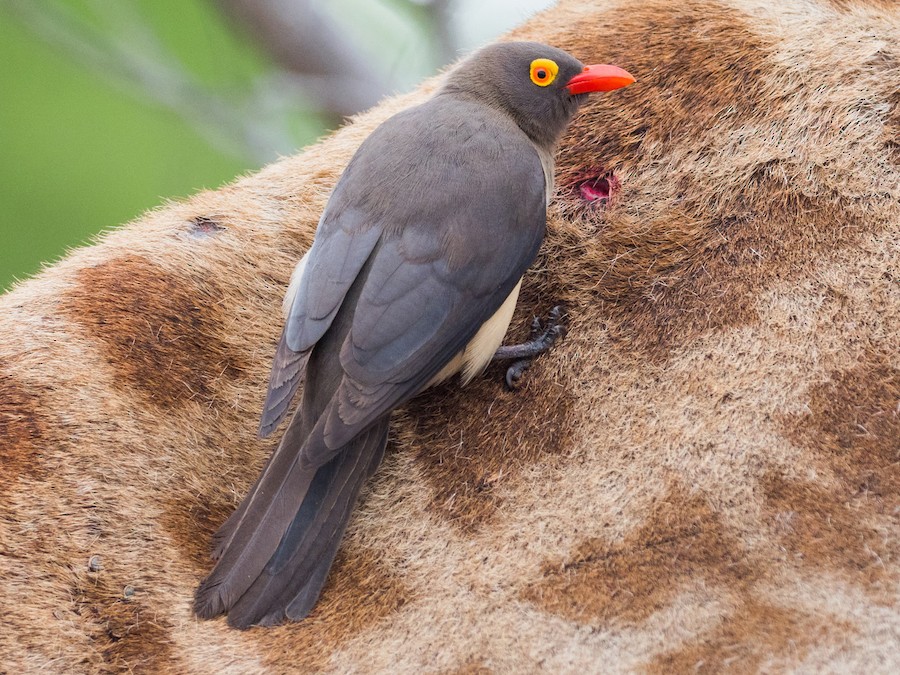
In this guide, you’re going to explore some of the most beautiful birds that proudly wear red on their beaks. From the wetlands to the open seas, these birds are scattered across the globe, and each has a story worth discovering. You’ll learn how big they are, where they live, what they eat, and what makes their appearance so striking.
Whether you’re a birdwatcher, a nature lover, or just someone who appreciates pretty feathers and interesting facts, you’ll love getting to know these 12+ birds with red beaks. Some are well-known, others might surprise you—but all are unforgettable.
So grab your binoculars (or just scroll down) and let’s explore these vibrant, red-beaked beauties together.
Contents
12+ Birds With Red Beaks
1. Northern Cardinal
The Northern Cardinal is one of the most iconic birds in North America. Males are especially striking, with their bright red plumage and matching red beaks. Females are a warm tan color but still boast that signature red beak.
These birds are known for their sweet, whistling songs and are often found hopping around backyards, especially where bird feeders are present.
- Scientific Name: Cardinalis cardinalis
- Wingspan: 25–31 cm
- Length: 21–23 cm
- Weight: 42–48 grams
Cardinals are common across the eastern and central United States. They’re not migratory, so if you see one, there’s a good chance it’s there to stay. The red beak, slightly thick and cone-shaped, is perfect for cracking seeds and berries.
Their crimson coloring is most vibrant in winter when snow provides a beautiful contrast—making them a favorite for bird photographers and backyard watchers alike.
2. Red-billed Oxpecker
Found clinging to large mammals like buffalo and giraffes, the Red-billed Oxpecker is a fascinating bird native to sub-Saharan Africa. It uses its sharp, red beak to feed on ticks and parasites from its host animals.
- Scientific Name: Buphagus erythrorhynchus
- Wingspan: 14–15 cm
- Length: 20 cm
- Weight: 45–57 grams
This bird’s bright red beak contrasts sharply with its brownish-grey body, making it easy to identify. You’ll often spot it perched boldly on its host animal, performing a cleaning service that’s both helpful and symbiotic.
Its call is a sharp, chatty series of squeaks, and it often moves in small flocks. The red beak isn’t just for show—it’s a finely tuned tool for foraging.
3. Common Tern
The Common Tern is a sleek seabird known for its graceful flight and striking appearance. During breeding season, its bill turns a bright red-orange with a black tip, adding flair to its otherwise monochrome look.
- Scientific Name: Sterna hirundo
- Wingspan: 70–80 cm
- Length: 31–35 cm
- Weight: 110–140 grams
These terns are expert fishers, diving headfirst into the water to snatch small fish near the surface. They breed in colonies on coastal beaches, islands, and marshes, often returning to the same site year after year.
Their red beaks are especially vivid during courtship and nesting season, making them even more photogenic during summer months.
4. Black Skimmer
This unique seabird is best known for its unusual bill—long and blade-like, with the lower mandible longer than the upper. The bright red base of the bill gives way to black at the tip, creating a dramatic look.
Scientific Name: Rynchops niger
Wingspan: 107–127 cm
Length: 40–50 cm
Weight: 325–400 grams
Black Skimmers are named for their skimming feeding technique. They fly just above the water, dragging their lower bill through the surface to catch fish.
Their beaks are not only functional but also standout features. You’ll often see them along coastlines, estuaries, and sandy islands.
5. Zebra Finch
Small, social, and utterly adorable, the Zebra Finch sports a reddish-orange beak that contrasts beautifully with its gray and black striped face and chestnut flanks.
Scientific Name: Taeniopygia guttata
Wingspan: 20 cm
Length: 10–12 cm
Weight: 12–15 grams
Native to Australia but popular worldwide as a pet, Zebra Finches are easy to spot thanks to their vocal chirping and energetic behavior.
Males usually have brighter beaks than females, especially during mating season. Their beaks are perfect for picking up seeds, their primary diet.
6. Red-billed Firefinch
A delightful little bird found in sub-Saharan Africa, the Red-billed Firefinch lives up to its name with both a red beak and fiery red feathers on the male’s body.
Scientific Name: Lagonosticta senegala
Wingspan: 15–18 cm
Length: 10–11 cm
Weight: 9–12 grams
These finches prefer grassy habitats and urban gardens, feeding mostly on seeds. Their sweet, high-pitched songs are a common soundtrack in African villages.
Males are brighter than females and more likely to flash their red beak while courting or defending territory.
7. Purple Gallinule
This tropical marsh bird is a rainbow of colors—bright blue, green, and purple—with a striking red beak tipped with yellow.
Scientific Name: Porphyrio martinicus
Wingspan: 50–60 cm
Length: 27–36 cm
Weight: 150–300 grams
Found in the southeastern U.S., Central America, and the Caribbean, the Purple Gallinule walks delicately over floating vegetation using its long toes.
Its red-and-yellow beak is not just decorative—it’s used to tear apart aquatic plants, seeds, and even insects.
8. Red-billed Hornbill
Known for their curved, oversized beaks, Red-billed Hornbills are native to the African savannas. Their beaks are bright red and slightly hooked.
Scientific Name: Tockus erythrorhynchus
Wingspan: 43–58 cm
Length: 42 cm
Weight: 130–160 grams
They’re ground foragers, feeding mostly on insects, seeds, and small reptiles. You’ll often see them walking rather than flying, making good use of their strong legs.
They’re also famous for their starring role in pop culture—think Zazu from The Lion King.
9. Australian Shelduck
The Australian Shelduck is a large, beautifully patterned duck with a bright red beak and chestnut-colored chest.
Scientific Name: Tadorna tadornoides
Wingspan: 110–130 cm
Length: 55–75 cm
Weight: 1.2–2.3 kg
Males and females look quite similar, although females have white rings around their eyes. These birds are found near wetlands, lakes, and open grasslands.
Their red beaks contrast wonderfully with their otherwise dark plumage, especially when seen in full sunlight.
10. Red Avadavat (Strawberry Finch)
This tiny bird is an explosion of red, especially during breeding season. The male’s entire body becomes deep red with white specks, and its beak is a shiny cherry red.
Scientific Name: Amandava amandava
Wingspan: 15–18 cm
Length: 9–10 cm
Weight: 7–9 grams
Native to the Indian subcontinent and Southeast Asia, Red Avadavats prefer tall grasses, rice paddies, and reed beds.
They’re often kept in aviaries due to their stunning appearance and gentle behavior.
11. Caspian Tern
The Caspian Tern is the largest tern species and is distinguished by its heavy, red-orange beak.
Scientific Name: Hydroprogne caspia
Wingspan: 127–145 cm
Length: 48–60 cm
Weight: 500–700 grams
They’re widespread across coasts and large inland lakes, nesting in colonies and feeding on fish caught in dramatic dives.
Their beaks are straight and strong, perfect for gripping slippery fish.
12. Black-bellied Whistling Duck
This unusual duck has long legs, a whistling call, and a vivid red beak that immediately catches your eye.
Scientific Name: Dendrocygna autumnalis
Wingspan: 85–95 cm
Length: 47–56 cm
Weight: 1–1.2 kg
They’re social birds found in wetlands of the southern U.S., Mexico, and Central America. They often perch in trees and even nest in hollow trunks.
Their red beaks stand out against their chestnut and black bodies, making them easy to spot even from a distance.
FAQs
1. Why do some birds have red beaks?
Birds often have red beaks due to pigments in their diet, such as carotenoids. The color may also play a role in mate attraction or species recognition.
2. Are red beaks more common in males?
In many species, yes. Bright red beaks are often seen in males during breeding season to help attract females.
3. Do beak colors change over time?
Yes. Some birds’ beak colors intensify during breeding season or may fade with age or health changes.
4. Can diet affect a bird’s beak color?
Absolutely. Birds consuming pigment-rich foods can show brighter beak colors. Lack of proper diet may dull their coloration.
5. What’s the purpose of a bird’s beak color?
Besides feeding, beak color can signal health, maturity, breeding readiness, or social status among birds.
Conclusion
Now that you’ve met these beautiful birds with red beaks, it’s easy to see why they stand out in any environment. From tropical finches to coastal terns, each bird brings a unique charm to the natural world. Their vibrant beaks aren’t just for show—they’re tools, signals, and even fashion statements in the bird kingdom.
Next time you’re out birdwatching or flipping through a field guide, keep an eye out for those dazzling red beaks. Whether it’s a Cardinal in your backyard or a Zebra Finch in the grasslands, these birds add a splash of color and curiosity to any landscape.
Hopefully, this guide has helped you appreciate the diversity and beauty of red-beaked birds. And who knows? You might just spot one on your next nature walk.
